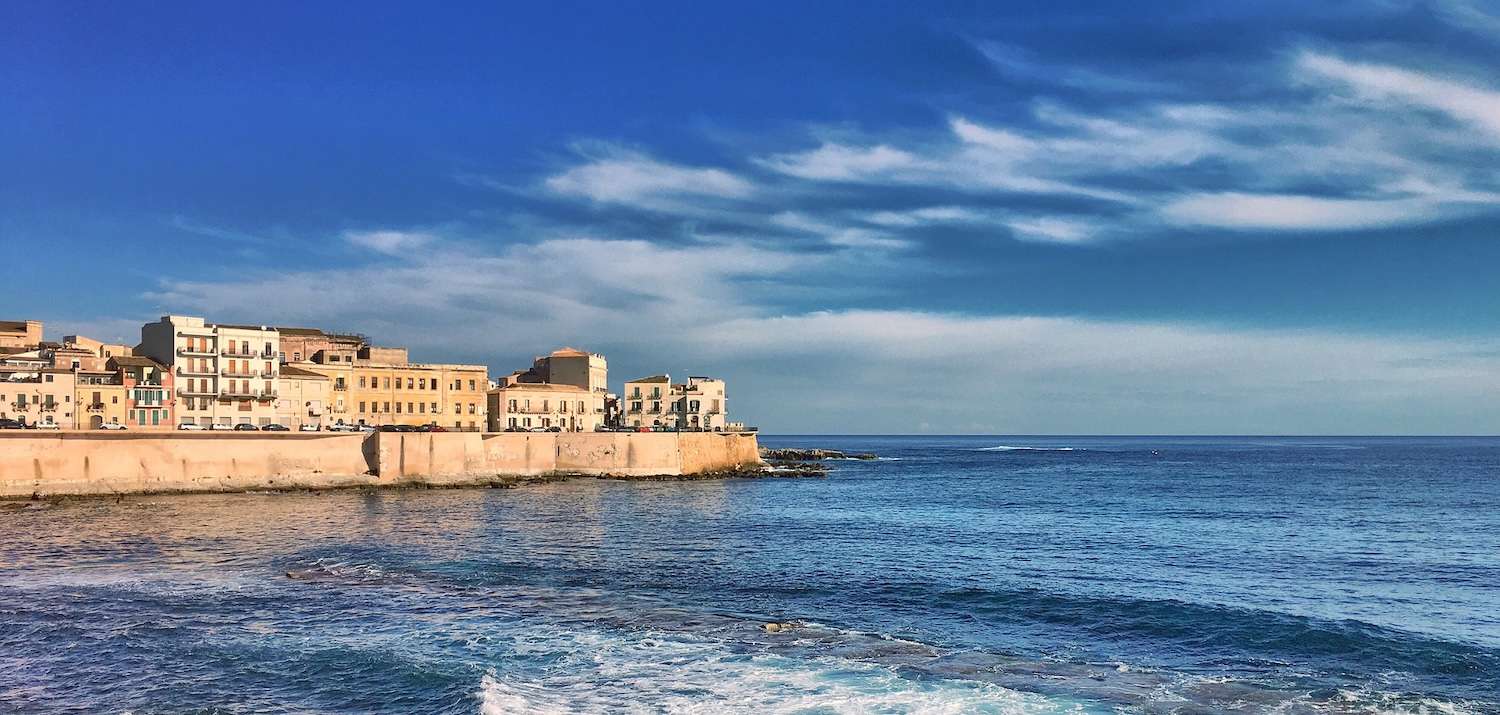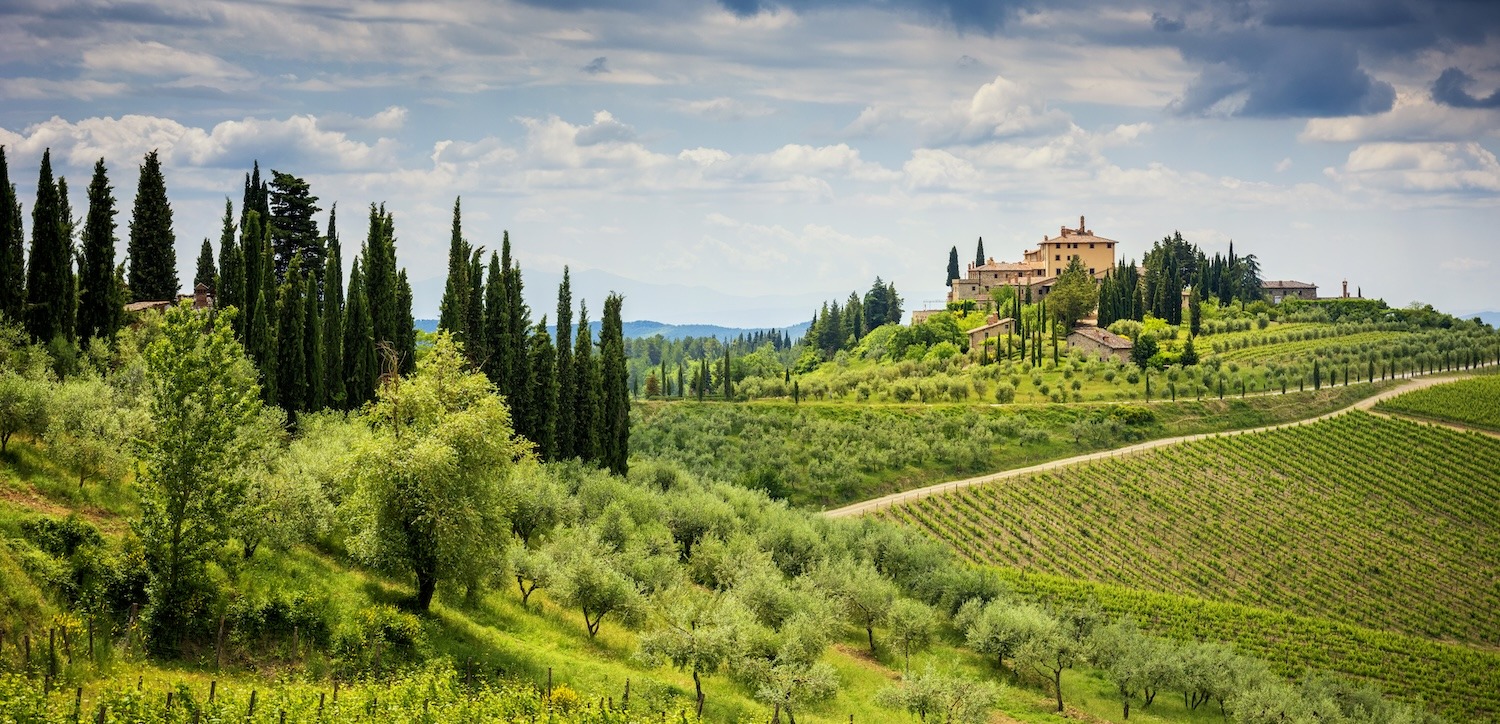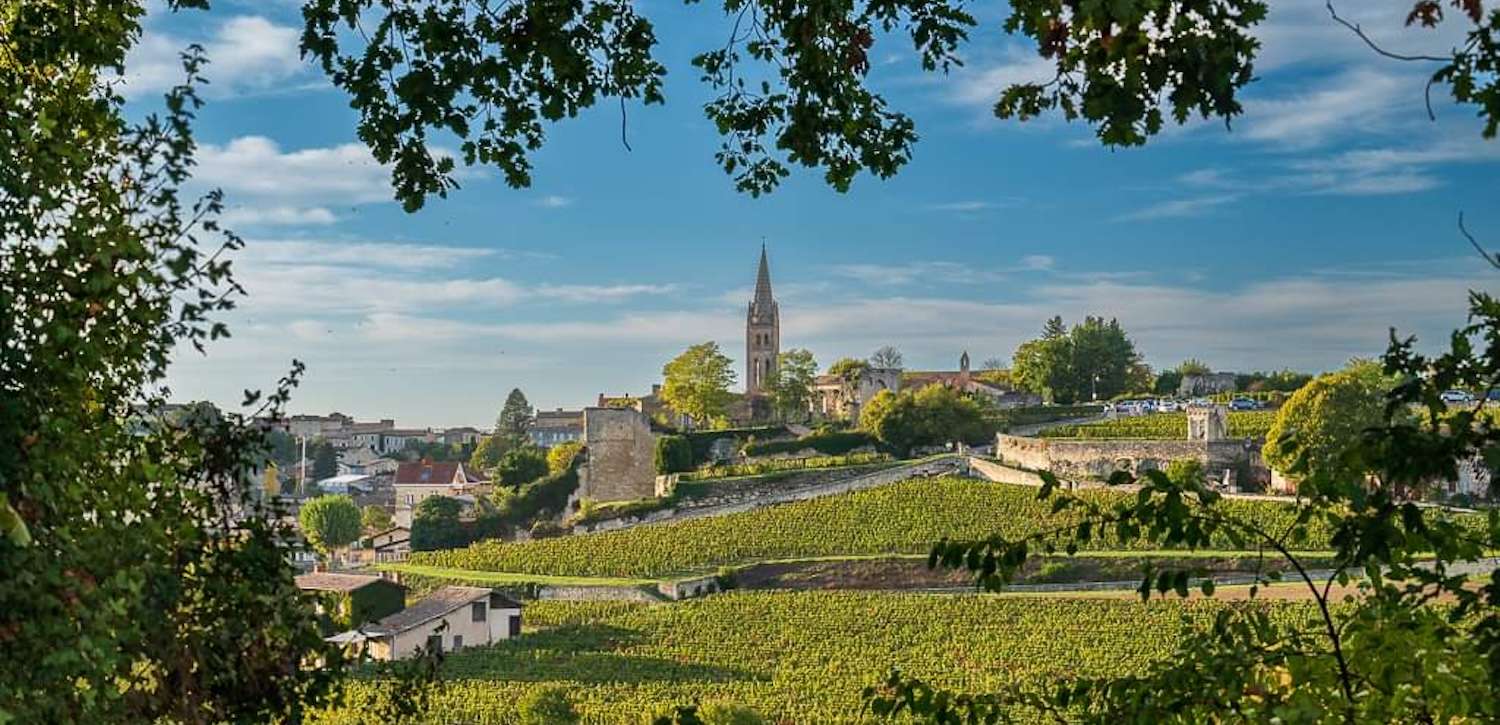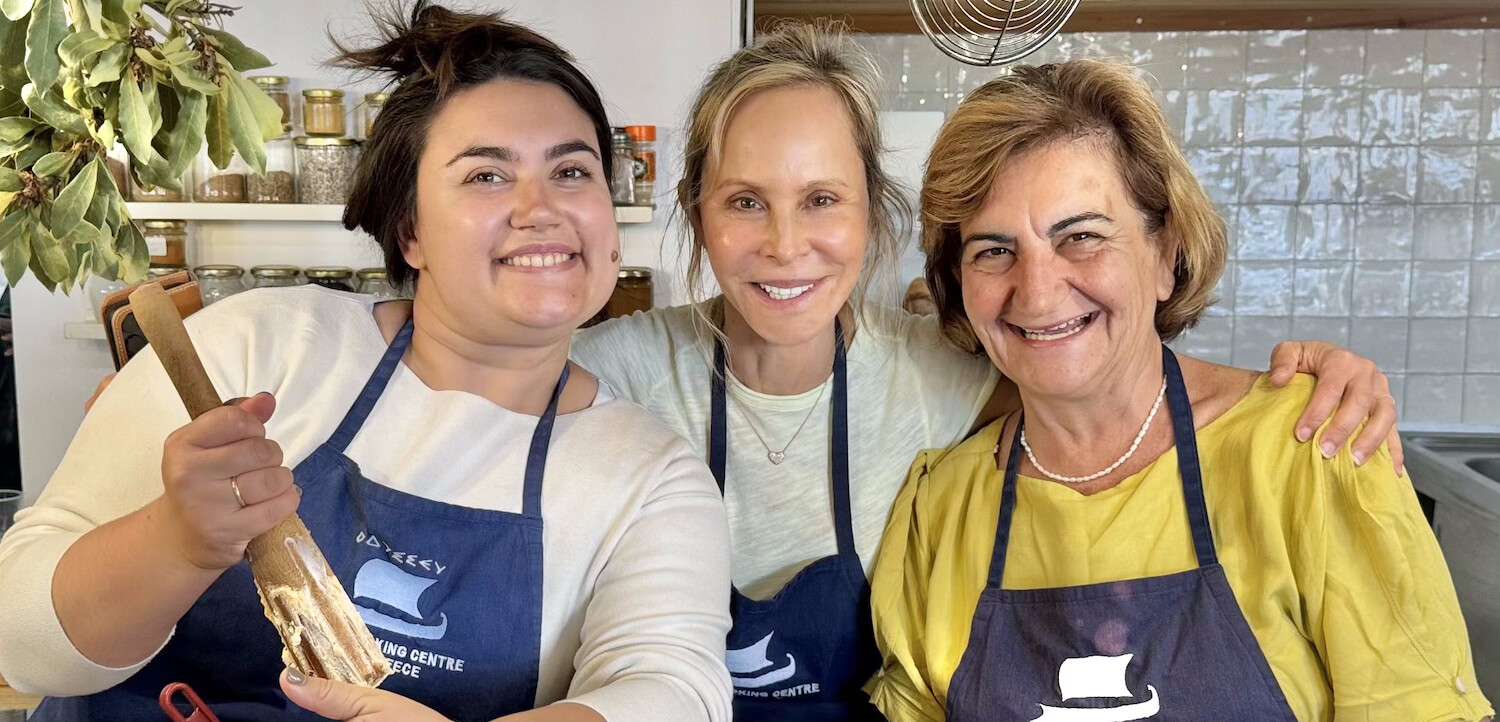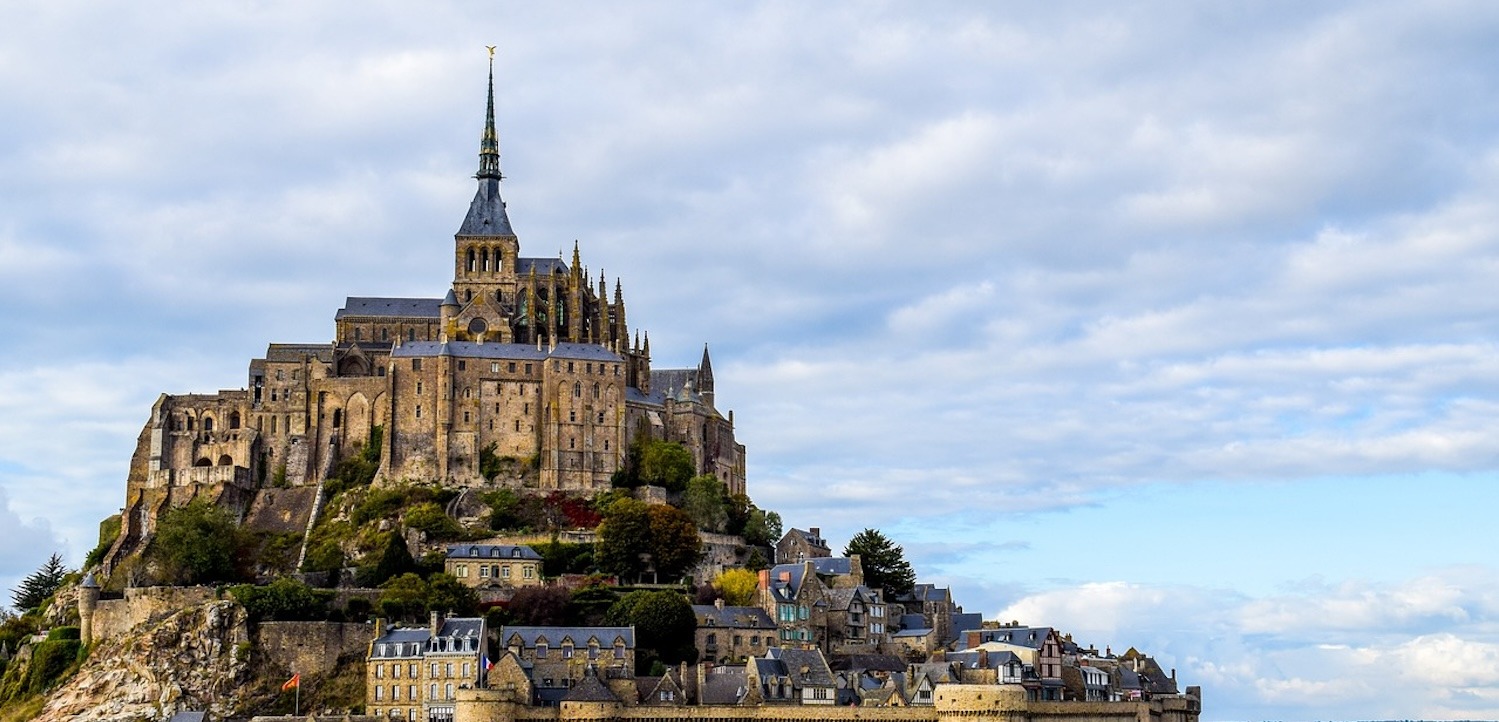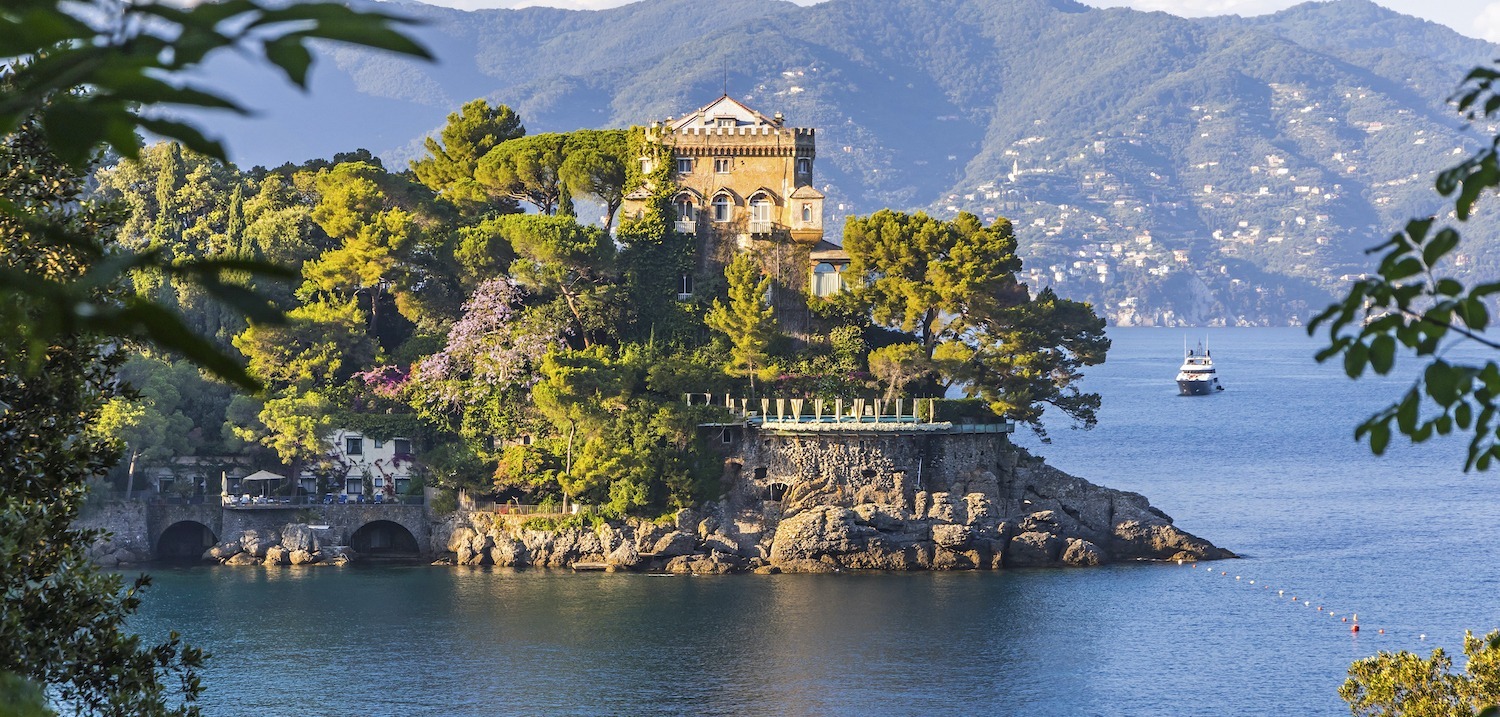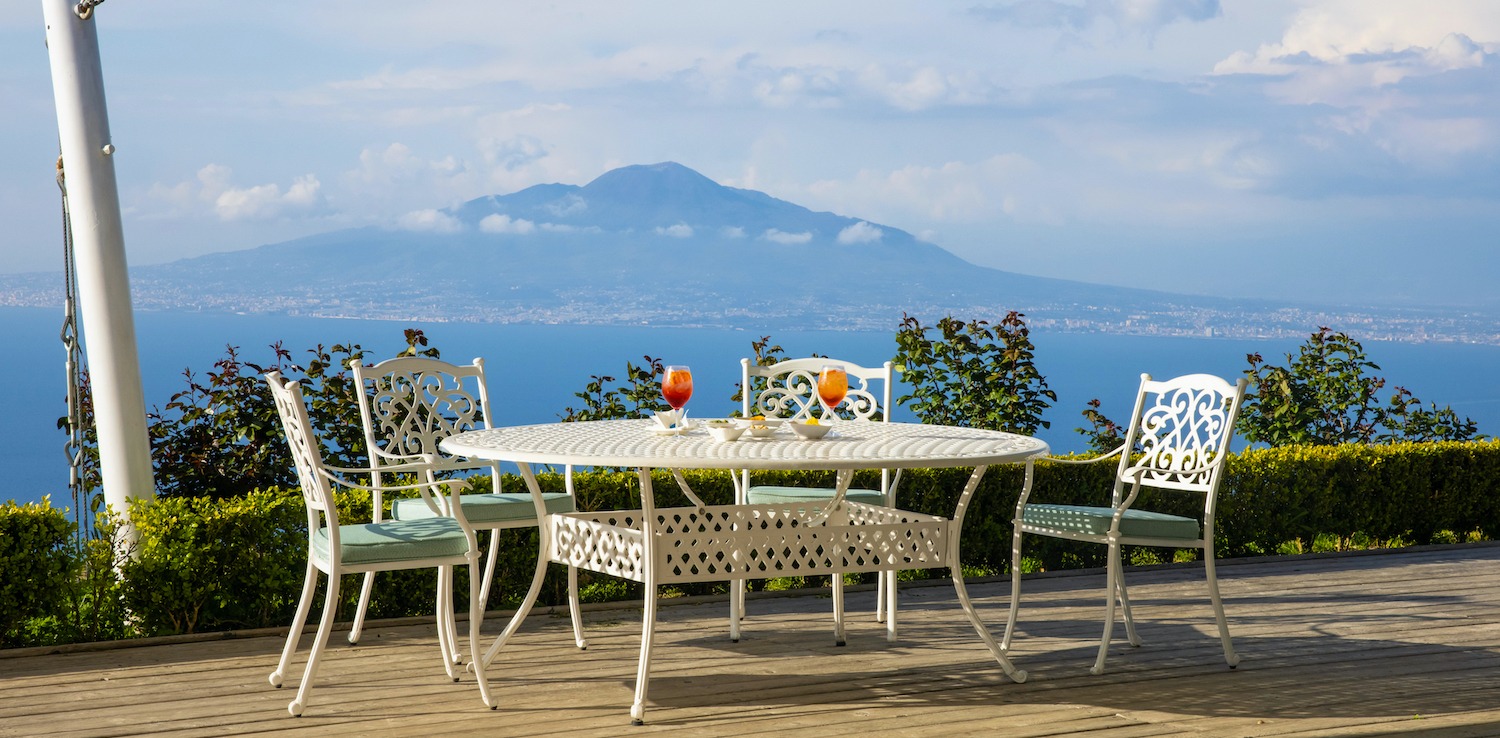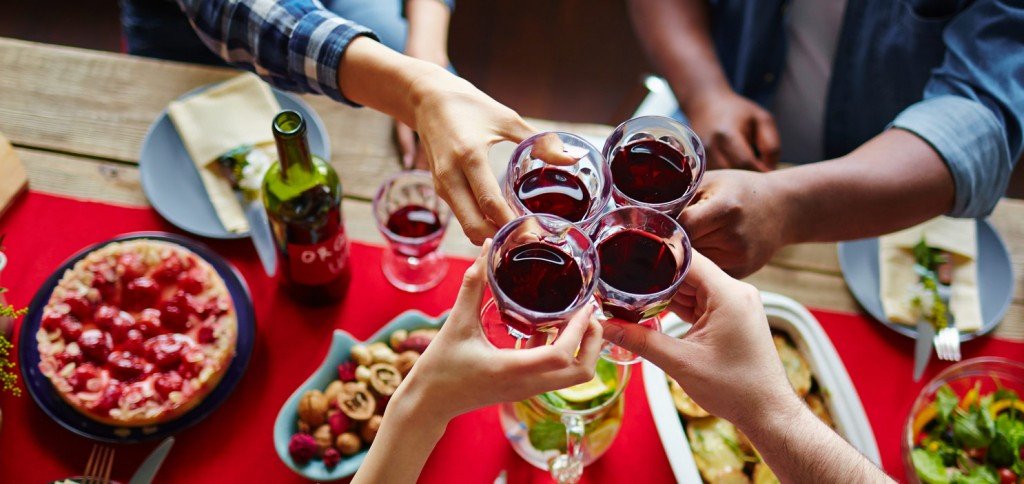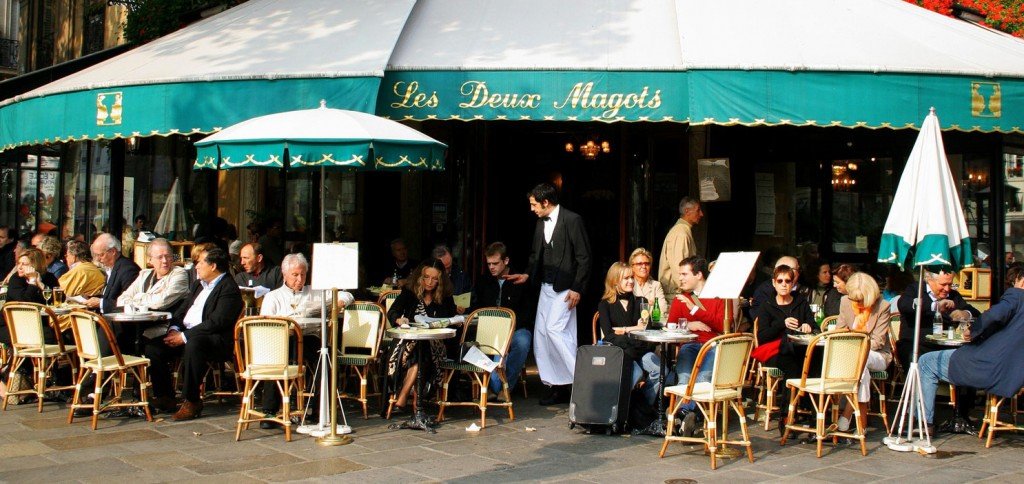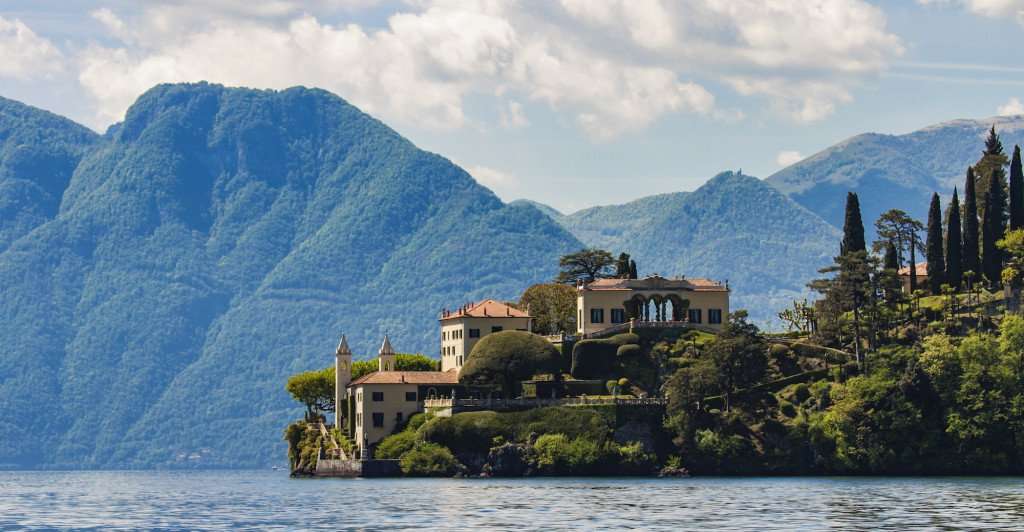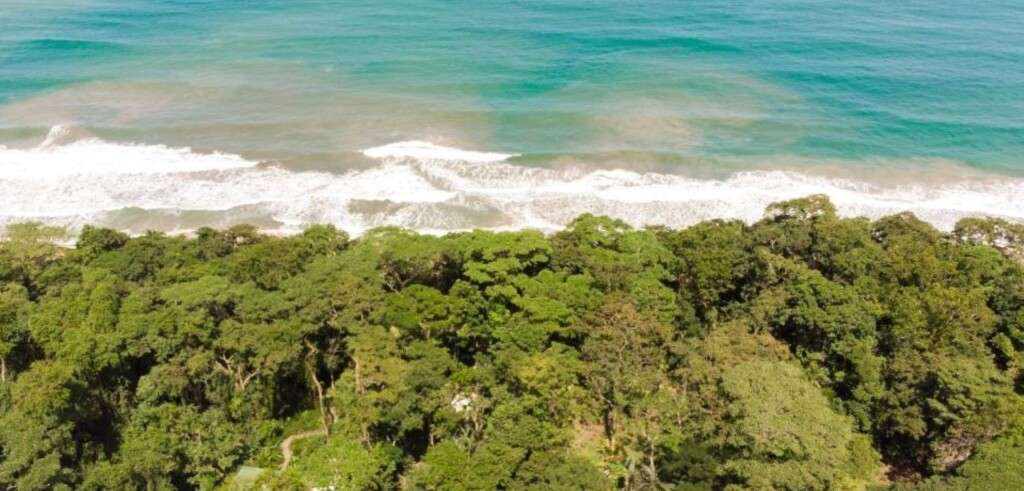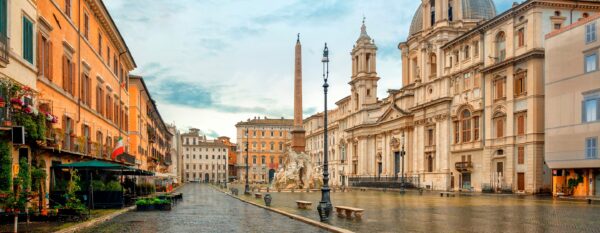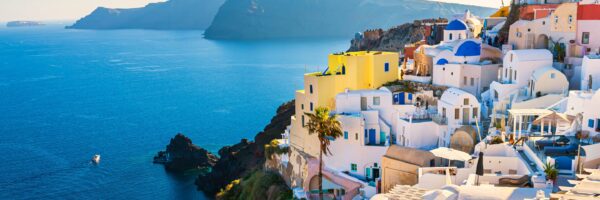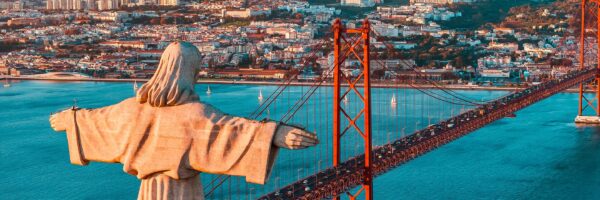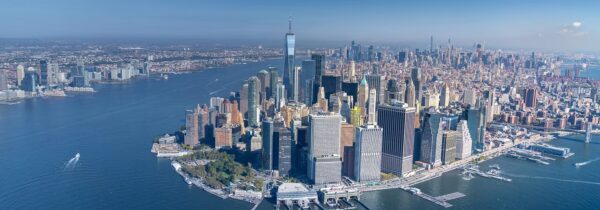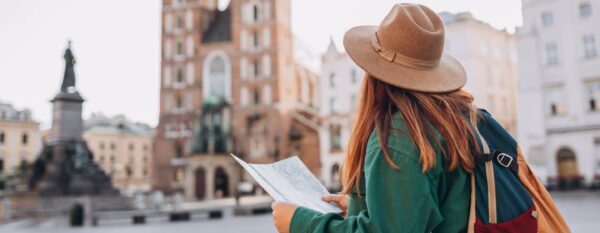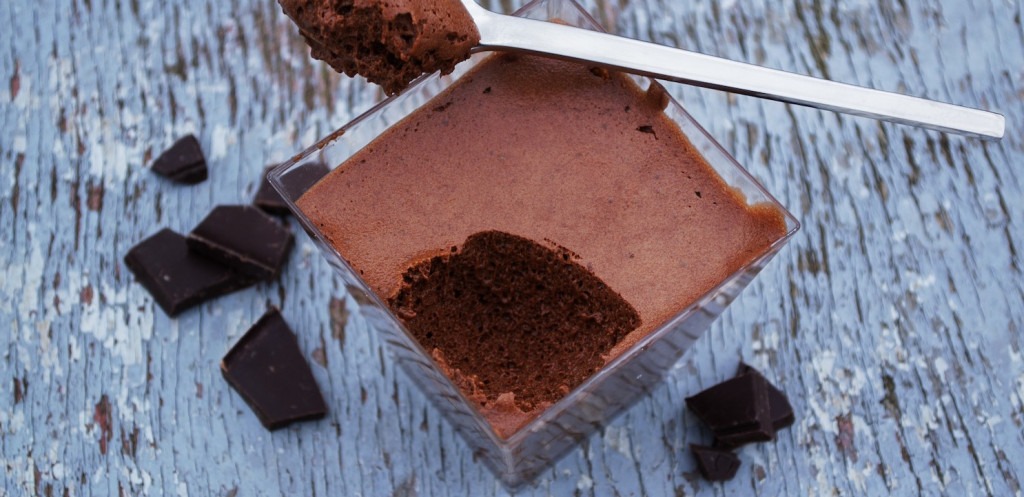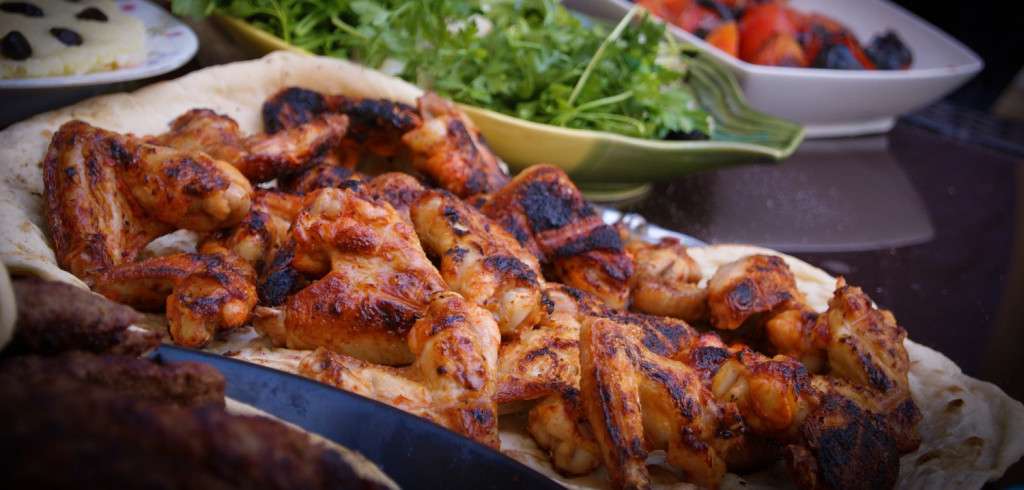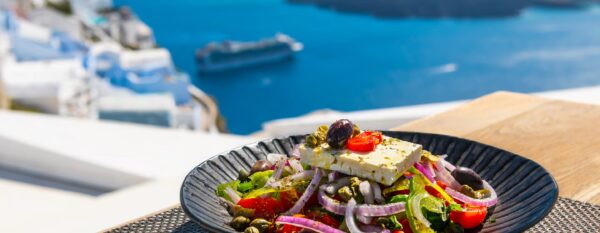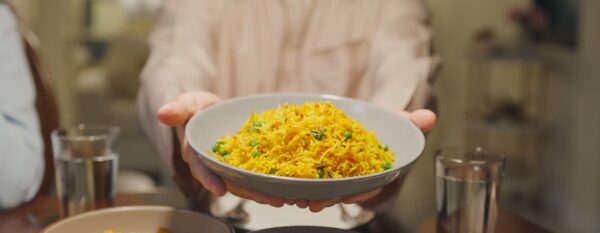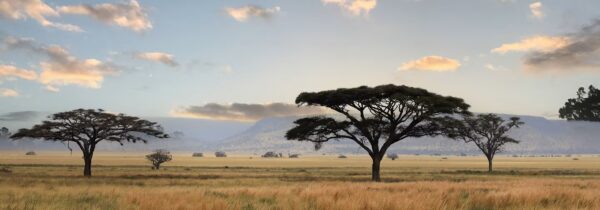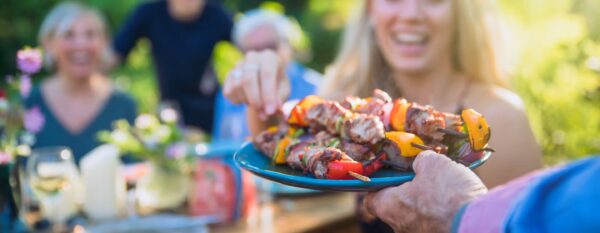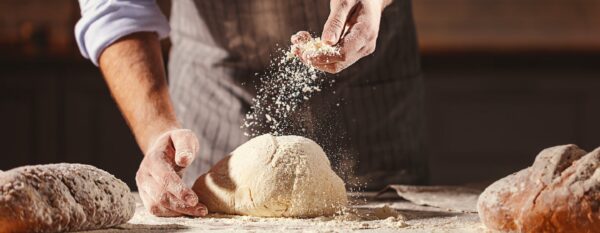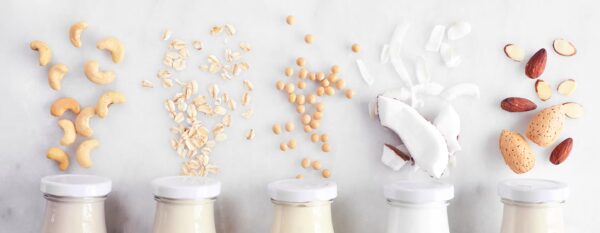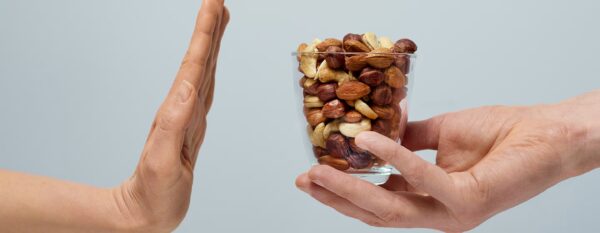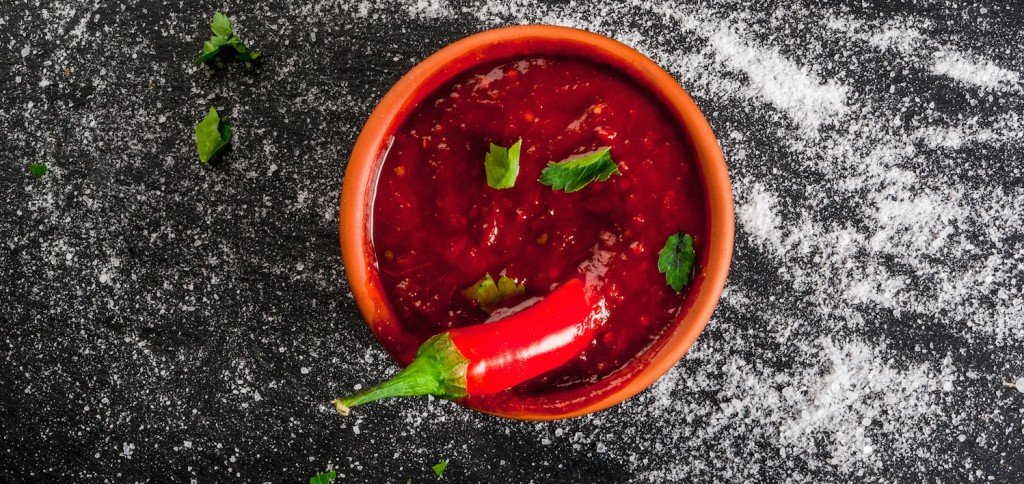
- The International Kitchen
- Blog
- The Culinary Traditions and Altars of Dia de Los Muertos in Mexico
The Culinary Traditions and Altars of Dia de Los Muertos in Mexico
-
-
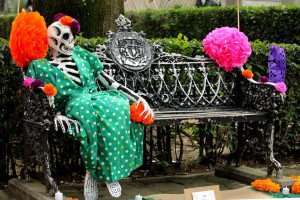 What is the Day of the Dead? It is a popular and long-standing Mexican celebration of the deceased that occurs over Halloween (All Hallow’s Eve), All Saint’s Day (November 1), and All Soul’s Day (November 2). This is the period when the threshold between the living and the dead is seen as at its “thinnest” and most permeable. The holiday is celebrated throughout Mexico and in communities of Mexican heritage throughout the world. And while it is at heart a series of days that honor the dead, in practicality it is a vibrant and joyful celebration. While some cities might see huge parades and festivities (such as in the opening scene of the 2015 James Bond film “Spectre”), most communities will have at least some communal activities in honor of the Dia de Muertos.
What is the Day of the Dead? It is a popular and long-standing Mexican celebration of the deceased that occurs over Halloween (All Hallow’s Eve), All Saint’s Day (November 1), and All Soul’s Day (November 2). This is the period when the threshold between the living and the dead is seen as at its “thinnest” and most permeable. The holiday is celebrated throughout Mexico and in communities of Mexican heritage throughout the world. And while it is at heart a series of days that honor the dead, in practicality it is a vibrant and joyful celebration. While some cities might see huge parades and festivities (such as in the opening scene of the 2015 James Bond film “Spectre”), most communities will have at least some communal activities in honor of the Dia de Muertos.
Day of the Dead Food Facts
Food abounds during the celebrations of Dia de Muertos (also called the Dia de los Muertos) in Mexico (which is just another reason to visit Mexico for a cooking vacation during this important holiday!). And food, as we all know, can tell quite a story all its own. That’s particularly true during this Mexican holiday, when food is placed on altars that have been designed to remember and entice spirits back for a visit, or placed at the gravesites of the deceased.  The tradition of the altar – or ofrenda – for the Dia de Muertos dates back over 3,000 years, and food is just one piece of it. In addition to food, the altar displays photos of loved ones who have passed on, decorative sugar skulls, papel picado (decorated tissue paper representing the fragility of life), candles, and dogs, who are supposed to help guide ancestral spirits back.
The tradition of the altar – or ofrenda – for the Dia de Muertos dates back over 3,000 years, and food is just one piece of it. In addition to food, the altar displays photos of loved ones who have passed on, decorative sugar skulls, papel picado (decorated tissue paper representing the fragility of life), candles, and dogs, who are supposed to help guide ancestral spirits back. 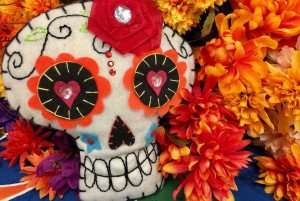 Flowers – in particular marigolds – are also common on the ofrenda on the Day of the Dead. Flowers in general represent the impermanence of life, while their bright, vibrant colors are meant to “catch the attention” of the deceased. Everything placed on the altar has a reason for being there. For starters, when it comes to the food, the deceased person’s favorite dishes are placed on the altar as an offering and an enticement for the spirits to return and enjoy a bite of their favorite meal. You’ll also often find seasonal fresh fruit, atole, mole, pan de muerto (bread of the dead), and especially tamales.
Flowers – in particular marigolds – are also common on the ofrenda on the Day of the Dead. Flowers in general represent the impermanence of life, while their bright, vibrant colors are meant to “catch the attention” of the deceased. Everything placed on the altar has a reason for being there. For starters, when it comes to the food, the deceased person’s favorite dishes are placed on the altar as an offering and an enticement for the spirits to return and enjoy a bite of their favorite meal. You’ll also often find seasonal fresh fruit, atole, mole, pan de muerto (bread of the dead), and especially tamales. 
Pan de Muerto
Pan de muerto is a sweet, enriched bread that is found everywhere during the Dia de Muertos. It usually has a distinctive cross pattern on top with a small nub of dough in the center. Some say this represents crossed bones and a skull, others the cross. You can also find the pan de muerto shaped into angels, animals, crescent moons, and other shapes. The bread can also be topped with a variety of toppings, including sugar, sesame seeds, or a simple egg wash. 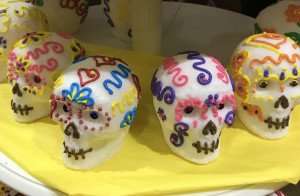
Sugar Skulls
Sugar skulls, or calaveras, could be considered as the epitome of what the holiday represents. The colorful candy skulls are also replicated in the goulish face paint worn by party-goers. Why the skulls and skeletons? It is an immediate and visual reminder of our own mortality – while the colorfulness, the playfulness are reminders that that’s ok. Dead is not to be feared, but to be accepted and celebrated.
The Mexican…is familiar with death. [He] jokes about it, caresses it, sleeps with it, celebrates it. It is one of his favorite toys and his most steadfast love. – Octavio Paz
The Ofrenda
 Every city and region has its own culinary traditions when it comes to decorating the altar, as you’ll discover, for example, during a cooking vacation to the Yucatan where a mucbilpollo tamale has an important place, along with t’anchukwa, which is a maize-based, gruel-type beverage that has been flavored with chocolate. While the altars are built to honor the deceased, they’re also very much a part of the festivities. In the Yucatan, during Hanal Pixán — a unique Mayan version of Dia de Muertos — they even have an altar competition where more than 250 people participate and the winner receives a prize. Of course, in addition to being left on the altar, these are the same foods that family and friends enjoy together during the memorials and remembrances of those who have passed on.
Every city and region has its own culinary traditions when it comes to decorating the altar, as you’ll discover, for example, during a cooking vacation to the Yucatan where a mucbilpollo tamale has an important place, along with t’anchukwa, which is a maize-based, gruel-type beverage that has been flavored with chocolate. While the altars are built to honor the deceased, they’re also very much a part of the festivities. In the Yucatan, during Hanal Pixán — a unique Mayan version of Dia de Muertos — they even have an altar competition where more than 250 people participate and the winner receives a prize. Of course, in addition to being left on the altar, these are the same foods that family and friends enjoy together during the memorials and remembrances of those who have passed on.
Day of the Dead Food Ideas
 You don’t have to build an ofrenda or even make tamales to participate in this traditional custom. The point is to honor the deceased, to call them back for a quick “visit” before they depart back to the afterlife. In my family, that might mean yes, putting a picture of my recently deceased father in a prominent place, but also making things that he enjoyed, such as hot pretzels and carrot cake, to recall the happy memories of my many years with him. If you’ve never celebrated the Dia de Muertos, let this year be the time you give it a try. The dead are worth honoring. If they don’t make it back to sit at the table with us, at least the memory of them will.
You don’t have to build an ofrenda or even make tamales to participate in this traditional custom. The point is to honor the deceased, to call them back for a quick “visit” before they depart back to the afterlife. In my family, that might mean yes, putting a picture of my recently deceased father in a prominent place, but also making things that he enjoyed, such as hot pretzels and carrot cake, to recall the happy memories of my many years with him. If you’ve never celebrated the Dia de Muertos, let this year be the time you give it a try. The dead are worth honoring. If they don’t make it back to sit at the table with us, at least the memory of them will.
Sign up to Receive Our Newsletter
As well as travel tips, promotions, and information on our best cooking vacations.
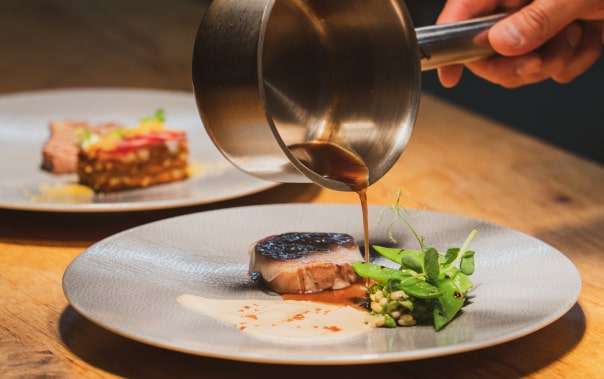
recipes

